God Is the Creator of All Things in Nature
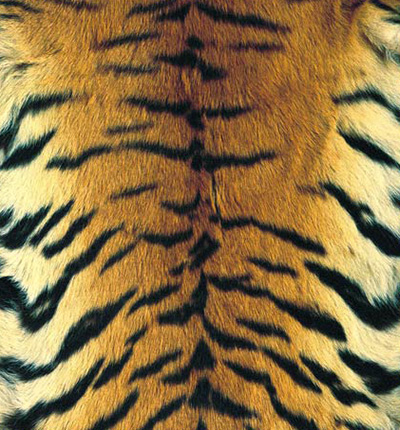 |
| The pur of a bengal tiger |
Squirrels, rabbits, zebras, kangaroos, parrots, gazelles, peacocks, butterflies, whales, dolphins, giraffes, tigers, turtles, camels, starfish, swans—all these living things have a unique system most appropriate to meet their several needs. Some have sharp eyes and powerful muscles; others are born with poison fangs or attractive plumage. So, who gave them the information they needed to prepare themselves for an environment they have never yet seen? How does a newborn kitten know that it needs lungs to be able to utilize the oxygen in the atmosphere, or that a fish anticipate that it will need gills to use the oxygen dissolved in the water it swims in? How can birds realize they need light-weight skeletons in order to fly; that sea-going penguins need feathers coated in oil so as not to absorb water? That eagles need sharp eyes to see their prey from thousands of meters above the ground? That a woodpecker needs a special suspension system to protect its head from serious concussion?
We could extend these examples over many pages, but for all of them pose one question: Who recorded the information and corresponding design systems in the genes of all living things?
Or can we suppose that the ancestors of these living things gained experience over the course of their lives and then, taking succeeding generations into consideration, altered their own genes and evolved such a variety of highly-specialized organs? Did unconscious atoms and blind chance create living things as such miracles of design? Certainly not: It is God, the Lord of the Worlds, Who created living things with their marvelous systems, together with the favorable conditions that allow every living thing in the universe to grow and thrive.
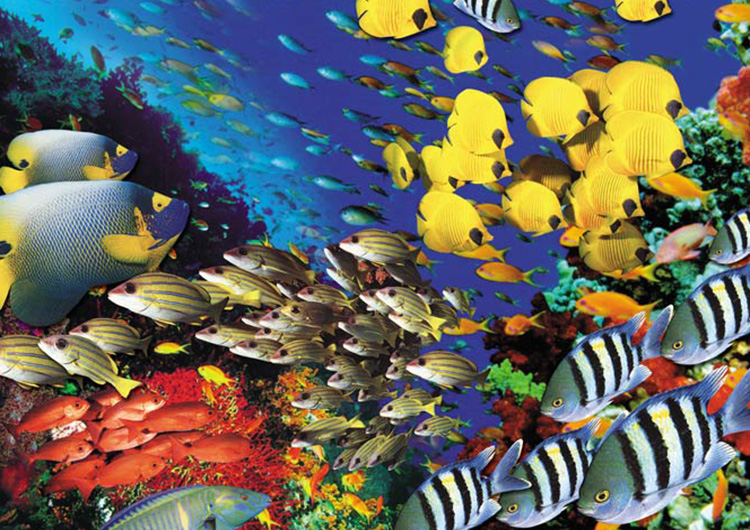 |
| "And mankind and beasts and livestock are likewise of varying colors. Only those of His servants with knowledge have fear of God . . . ." (Qur'an 35: 28) |
Some whales and dolphins can hunt in the oceans' dark depths by using a kind of natural sonar. Female whales in particular can "see" by means of sound waves. Similar to the act of radar in the air, the huge mammals send out sound waves to a certain point. The returning waves are analyzed and interpreted in the animal's brain, giving it a clear "picture" of the kind of object it is encountering, along with its size, speed and location. These animals' sonic system is so extremely sensitive that a dolphin, for example, can make out even the "internal organs" of a person jumping into the water.
Along with determining the right way to swim, these creatures also use sound waves for communication. Two whales, kilometers apart, can understand each other, using sound.
 | 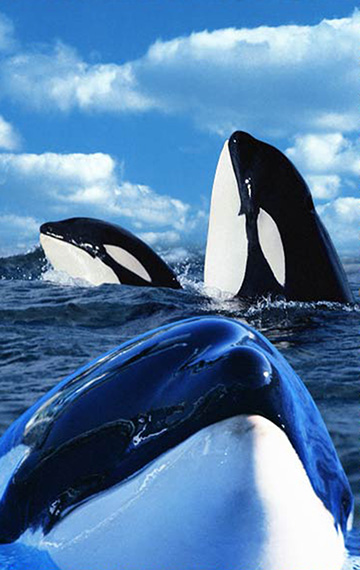 |
It's still not completely understood how these animals produce the sounds to communicate and find their way. But the structure of a dolphin's head is known to have an amazing feature: the animal's skull is insulated against sound so as to protect its brain from continuous and intense sound bombardment.
Could all these amazing qualities possessed by sea mammals have come into being through mutation and natural selection—the only two mechanisms that the theory of evolution admits? What mutation could install the sonar system in the dolphin's body and insulate its head to protect it from the intense bursts of sound? Surely such a design could not possibly be the work of chance events or unconscious processes. All this is the work of Almighty God.
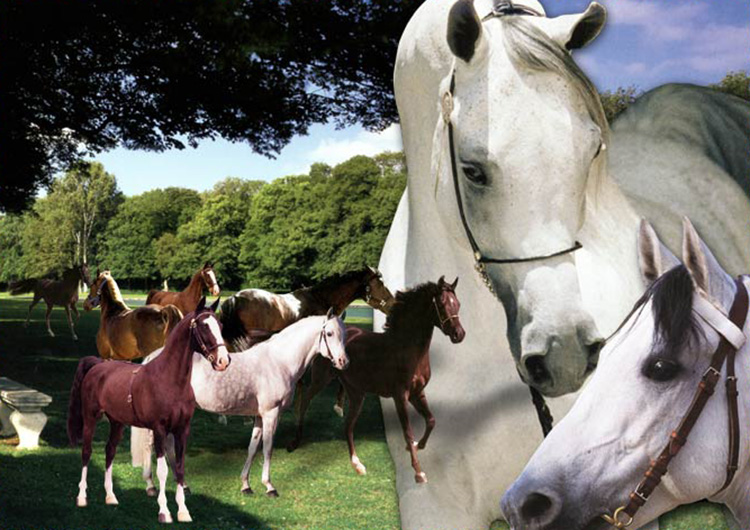 |
| "And horses, mules and donkeys both to ride and for adornment. And He creates other things you do not know." (Qur'an 16: 8) |
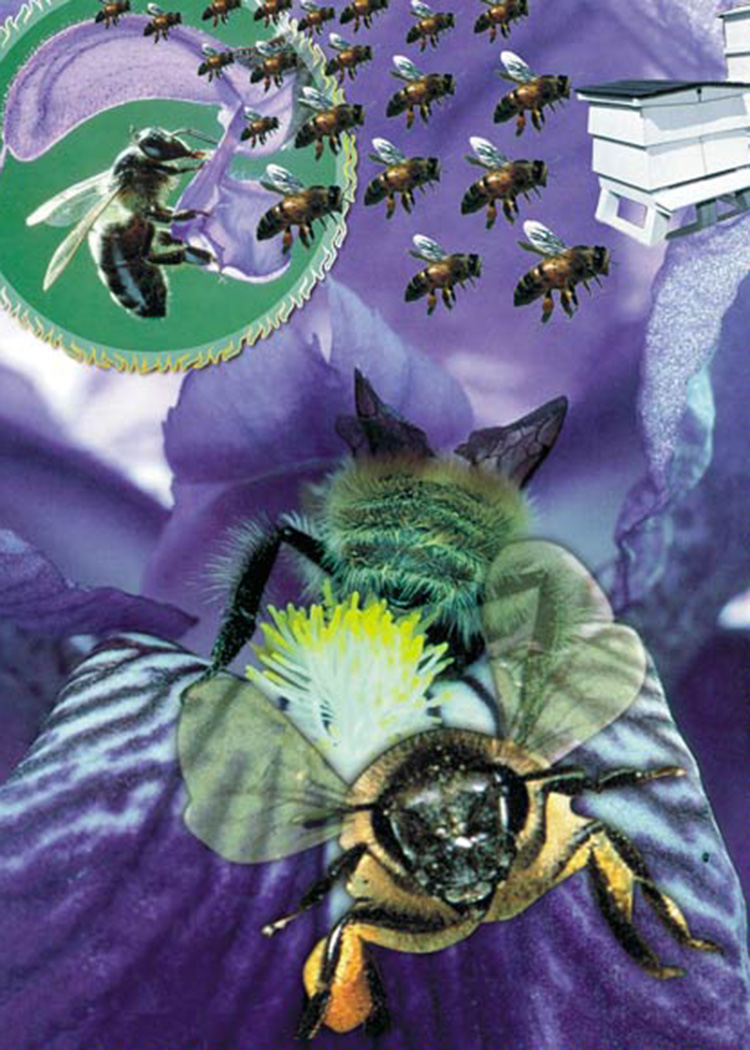 |
Like other animals, honeybees also behave in a way particular to their own species. This behavior is full of dead ends for evolutionists, who try to explain—for example—that tens of thousands of bees live together in the same hive and share a perfect communication system, all by "instinct." But in his The Origin of Species, Charles Darwin himself asks a question that stresses the contradiction that his theory meets, in trying to explain the concept of instinct:
... [C]an instincts be acquired and modified through natural selection? What shall we say to so marvelous an instinct as that which leads the bee to make cells, which have practically anticipated the discoveries of profound mathematicians?18
 |
| "Your Lord revealed to the bees: ‘Build dwellings in the mountains and the trees, and also in the structures which men erect. Then eat from every kind of fruit and travel the paths of your Lord, which have been made easy for you to follow.' From inside them comes a drink of varying colours, containing healing for mankind. . . ." (Qur'an 16: 68-69) |
 |
| "He is God—the Creator, the Maker, the Giver of Form. To Him belong the Most Beautiful Names. Everything in the heavens and earth glorifies Him. He is the Almighty, the All-Wise." (Qur'an 59: 24) |
 |
Professor Gary E. Parker was formerly an evolutionist. But like many other scientists, on the basis of research he did into paleontology and biology, he came to the conclusion that the theory of evolution was invalid. Here, he reveals his true thoughts about the variety of species:
… What spectacular variety we see among living things, both variation within kind and the stupendous number of different kinds. Most of us are awed by the spectacular variation in color, size, form, features, and function we see both within and among the incredible diversity of living things that grace our planet. Why so much variation?20
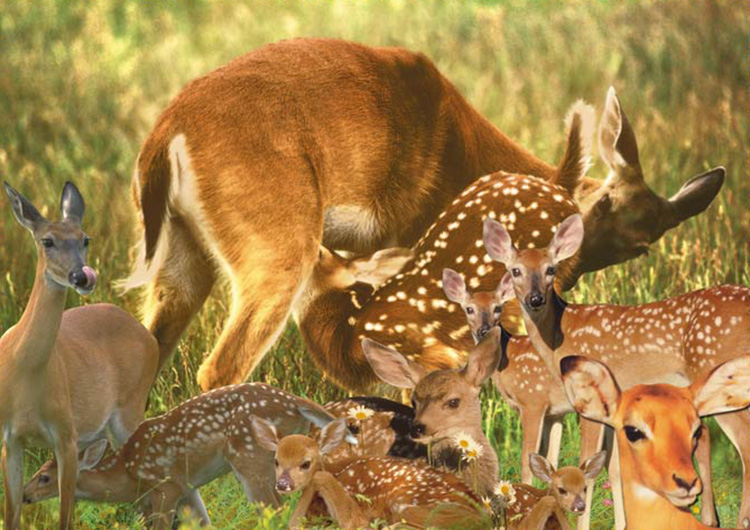 |
| "How many creatures do not carry their provision with them! God provides for them and He will for you. He is the All-Hearing, the All-Knowing." (Qur'an 29: 60) |
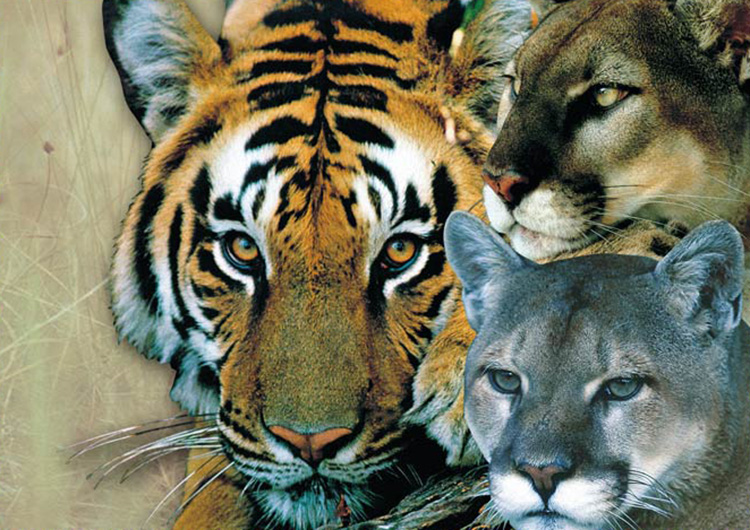 |
| ". . . There is no creature He does not hold by the forelock. . . ." (Qur'an 11: 56) |
While hunting in the dry grass of the savanna, a tiger can hardly be seen because it blends in with its surroundings. In the same way, it is very difficult to make out a cheetah in dappled shade of high grass. God created all these animals with coats of fur appropriate to their environment.
The self-sacrifice that animals demonstrate is one of the main problems that Darwinism encounters. Darwinism claims that nature is a merciless struggle in which the strong crush the weak, yet animals display many kinds of behavior that disproves this claim. Some animals feed each other and protect each other from danger; they clean and groom one another and prepare nests for their young. Sometimes they will even sacrifice their lives for one another. (A honeybee, for example, will sting an intruder to defend her hive, even though the act of stinging effectively disembowels the bee and results in her death.) For evolutionists, this is a major problem. As Darwin says,
 |
| "Do they not see the birds suspended in mid-air up in the sky? Nothing holds them there except God . . . ." (Qur'an 16: 79) "Have they not looked at the birds above them, with wings outspread and folded back? Nothing holds them up but the All-Merciful." (Qur'an 67: 19) |
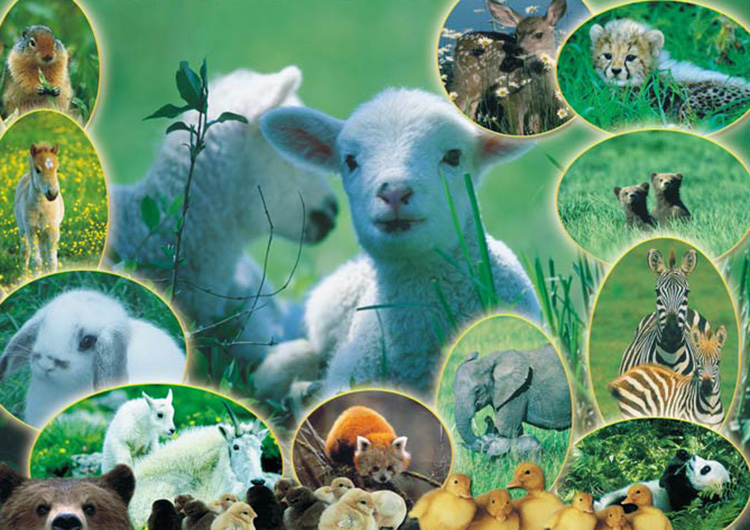 |
So wonderful an instinct as that of the hive-bee making its cells will probably have occurred to many readers, as a difficulty sufficient to overthrow my whole theory.21
 |
| "Sizin için hayvanlarda da elbette ibretler vardır..." (Nahl Suresi, 66) |
One evolutionist publication describes the trouble caused by such instances of self-sacrifice:
The problem is why living things help one another. According to Darwin's theory, every creature is engaged in a struggle to reproduce and continue its own existence. Since helping another would decrease the possibility of that creature's well-being, evolution would have to eliminate this behavior over a long period. However, it has been observed that creatures can sacrifice themselves.22
 |
| "Everyone in the heavens and earth belongs to Him. All are submissive to Him." (Qur'an 30: 26) |
Darwin himself described the anxiety he experienced upon seeing the perfection in animals that invalidated his theory:
I remember well the time when the thought of the [amazingly complex structure of the] eye made me cold all over, but I have got over this stage of complaint... and now, trifling particulars of structure often make me very uncomfortable. The sight of a feather in a peacock's tail, whenever I gaze at it, makes me sick! 23
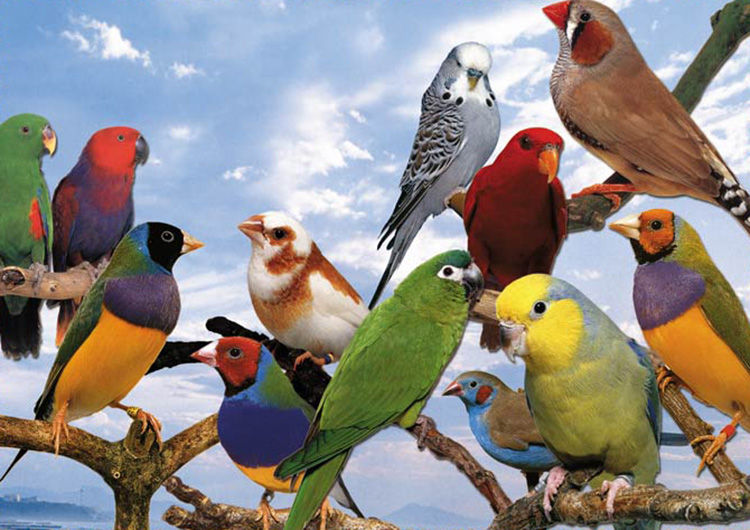 |
| "In the heavens and earth there are certainly Signs for believers. And in your creation and all the creatures He has spread about there are Signs for people with certainty." (Qur'an 45: 3-4) |
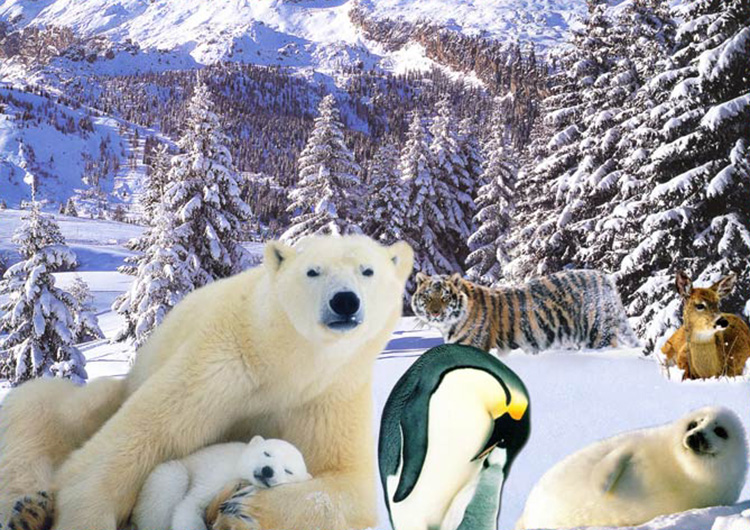 |
| "God created every animal from water. Some of them go on their bellies, some of them on two legs, and some on four. God creates whatever He wills. . . . " (Qur'an 24: 45) |
Footnotes
18. Charles Darwin, The Origin of Species, Harvard University Press, 1964, p. 204-205
19. Francis Darwin, The Life and Letters of Charles Darwin, Vol.II, "From Charles Darwin to A.R. Wallace," p. 305
20. Gary E. Parker, Creation, Selection, and Variation, Impact, No.88, October 1980, http://www.icr.org/pubs/imp/imp-088.htm
21. Charles Darwin, The Origin of Species, p. 233
22. Bilim ve Teknik (Science and Technology) - Turkish Science Journal, no: 190, p. 4
23. Francis Darwin, The Life and Letters of Charles Darwin, Vol.II, p. 90
- Introduction: It Doesn't Make Sense to Say, ''It Happened by Chance''
- Chance is Not a Deity: it is God Who is the Creator of All that Exists
- The Flawless Order of the Universe Falsifies Claims That It Came About by Chance
- God Has Created the Beautiful World of Plants
- God Is the Creator of All Things in Nature
- Human Beings Are Intelligent and Wilful Beings into Whom God Breathed His Spirit
- Works of Technology and Art Are All Examples of Design
- Conclusion: The Spell of the Theory of Change Is Broken
